No photo of the first excavation site.
Thanh Den, located in Chi Phong village, Truong Yen commune, Hoa Lu district, is an earthen rampart connecting natural rocky mountain ranges, forming the northern defense line of Hoa Lu Citadel.
The Citadel of Dền consists of two sections: The first section connects from Sau Cái Mountain (also known as Hàm Xà Mountain or Cổ Dải Mountain) to Cánh Hàn Mountain; this is the longest section of the citadel walls of Hoa Lư Capital, measuring 500m in length. The second section runs from Cánh Hàn Mountain to Hang To Mountain (also known as Nghẽn Mountain), a secondary section of the citadel along the same line as the Dền Citadel, measuring 150m in length.
Site layout before excavation
During the excavation period that began in March 2025, the Institute of Archaeology opened two large excavation pits with areas of 450m² and 150m² respectively.
Archaeologists have clearly discovered a three-part structure: foundation, body, and reinforcement layer, reflecting the level of fortification construction techniques of the Vietnamese people in the early period of their independence.
Cross-section of soil and leaf layers used for wall foundation and subsoil.
First, they dug a layer of soil and placed a layer of branches on top. Then, they created the foundation by stacking layers of clay and other materials. On this foundation, they built two retaining walls to form the core of the city wall, and placed a layer of white clay on top. This white clay, originating from the sea, has a very pliable structure.
The rampart has a trapezoidal or semicircular cross-section, with the outer slopes being steeper, combined with layers of broken bricks and stones piled on both sides to prevent erosion.
10th-century city wall
Regarding the role and function of the city walls, researchers found that the walls were not excessively high compared to other areas.
However, this is consistent with the surrounding terrain and natural environment, as the area outside the walls is a vast swampy region. The use of this terrain to enhance defensive capabilities is noteworthy.
Regarding its history and construction process, researchers hypothesize that this wall may be related to King Le's war with Champa. After the victory, King Le ordered the capture of prisoners of war to build defensive structures, including this section of the wall. Evidence for this is...
Remnants of the layers of earthen ramparts along the temple wall.
Experts believe that the construction techniques at the Dền Wall are distinctly similar to those of previously excavated structures such as the Đông Wall (1969), Dền Wall (2018), and Đông Bắc Wall (2024).
This is evidence that a unified, interconnected system of fortifications had been formed, contributing to the solid defense of the Hoa Lu capital from the north.
In addition, many artifacts found, such as broken bricks with inscriptions, fragments of glazed pottery from the Tran-Le dynasties, earthenware, mollusk shells, etc., have contributed to determining the age of the structure and confirming its continued use through many dynasties.
Several types of bricks bearing ancient inscriptions and red-colored bricks – commonly found in the 10th century – further strengthen the hypothesis about the early construction period of this section of the wall.
9th-10th century ceramic vase discovered in excavation pit.
At the workshop, five papers were presented, focusing on clarifying issues related to the techniques of rampart construction, cultural stratigraphy, and the historical value of the site within the overall context of the Hoa Lu capital.
In particular, experts highly appreciated the systematic nature of the excavation work, which fully complied with archaeological research procedures; all documents, photographs, and drawings of the current state of the site were fully archived, in addition to the application of 3D digitization technology to reconstruct the excavation pits for in-depth research.
Based on the preliminary results and feedback from the workshop, the working group will promptly finalize the summary report to be submitted to the Ninh Binh Provincial People's Committee and the Ministry of Culture, Sports and Tourism.
The relevant agencies are also developing proposals for investment in a project to preserve, restore, and rehabilitate the Dền Wall relic, in line with the development orientation of local tourism and cultural industries.
The workshop emphasized the role of communication and education in disseminating heritage values and raising community awareness of the responsibility to preserve and promote historical and cultural relics.
Source: https://baovanhoa.vn/van-hoa/giai-ma-ky-thuat-thanh-quach-the-ky-x-tai-thanh-co-hoa-lu-doan-thanh-den-142673.html


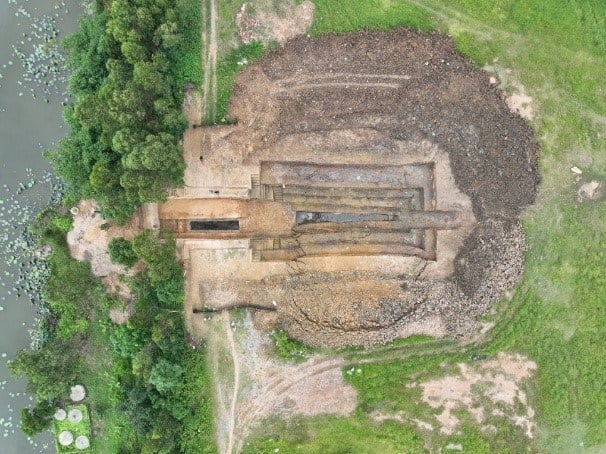
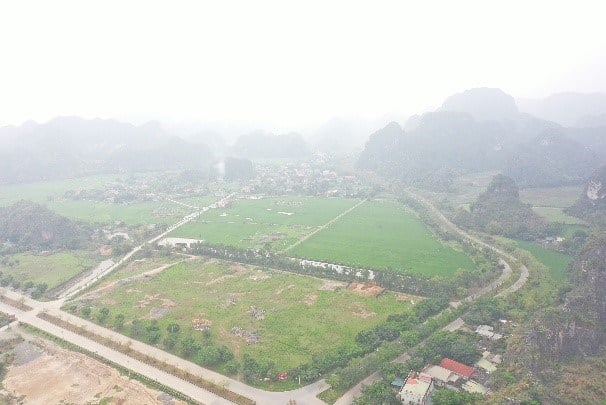
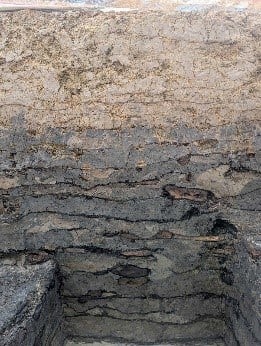

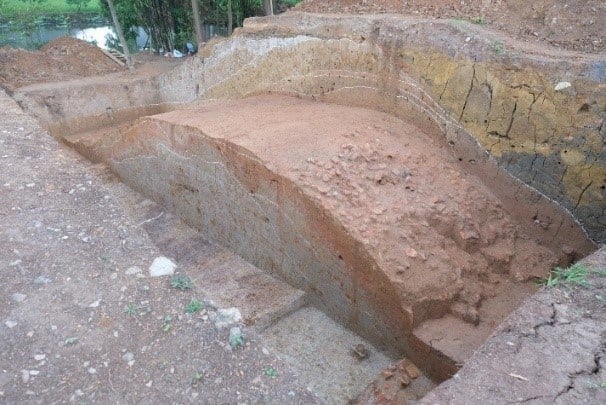
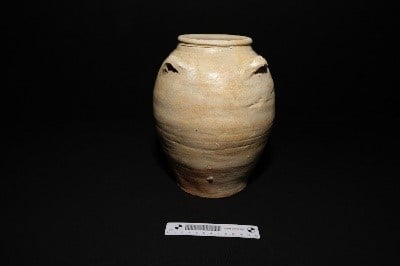








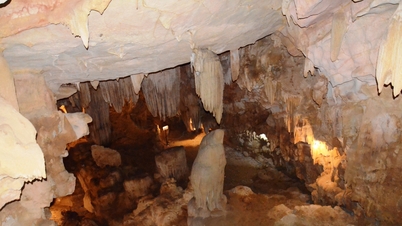



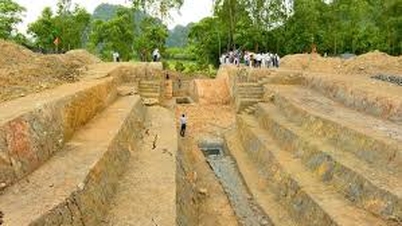





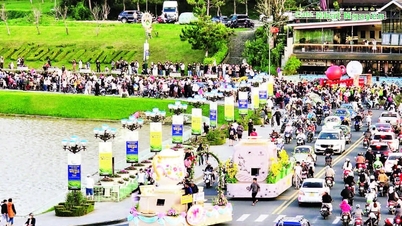

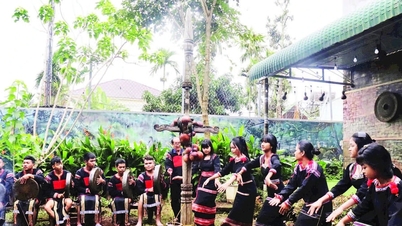
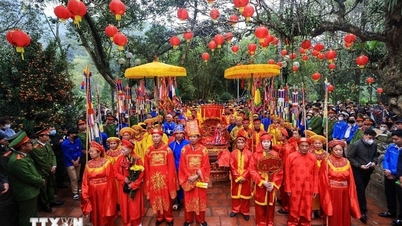








































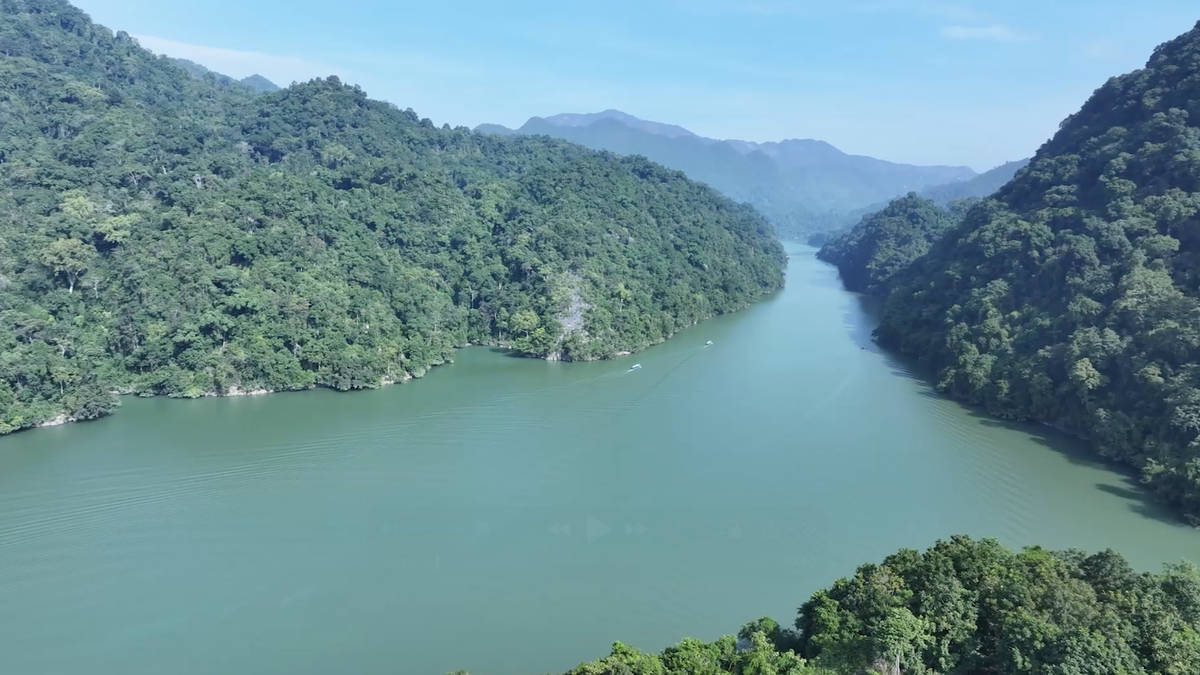






















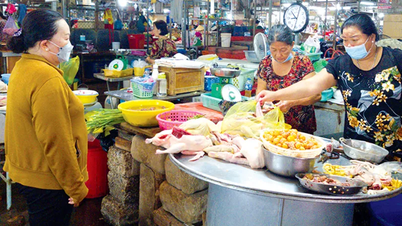



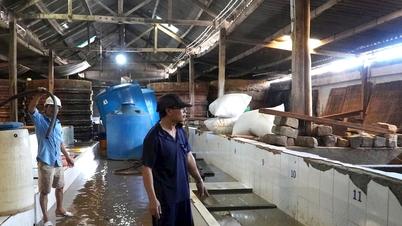



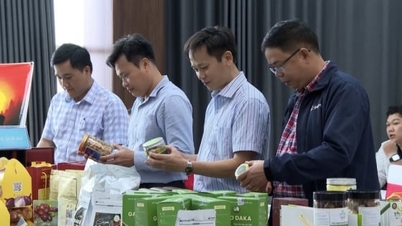









Comment (0)